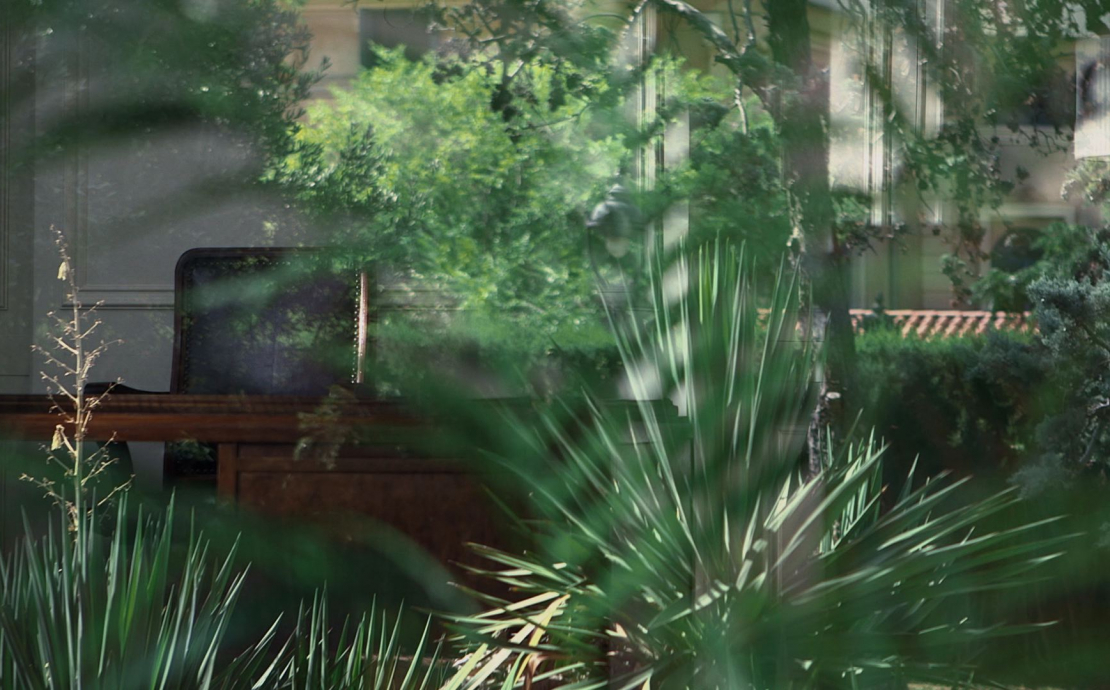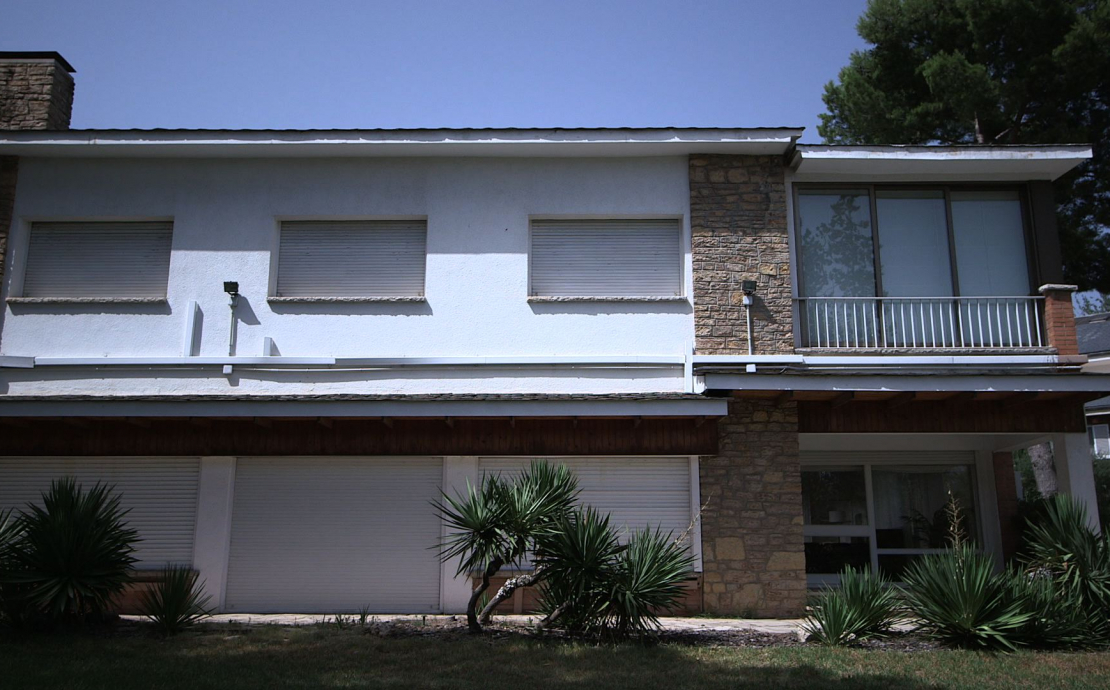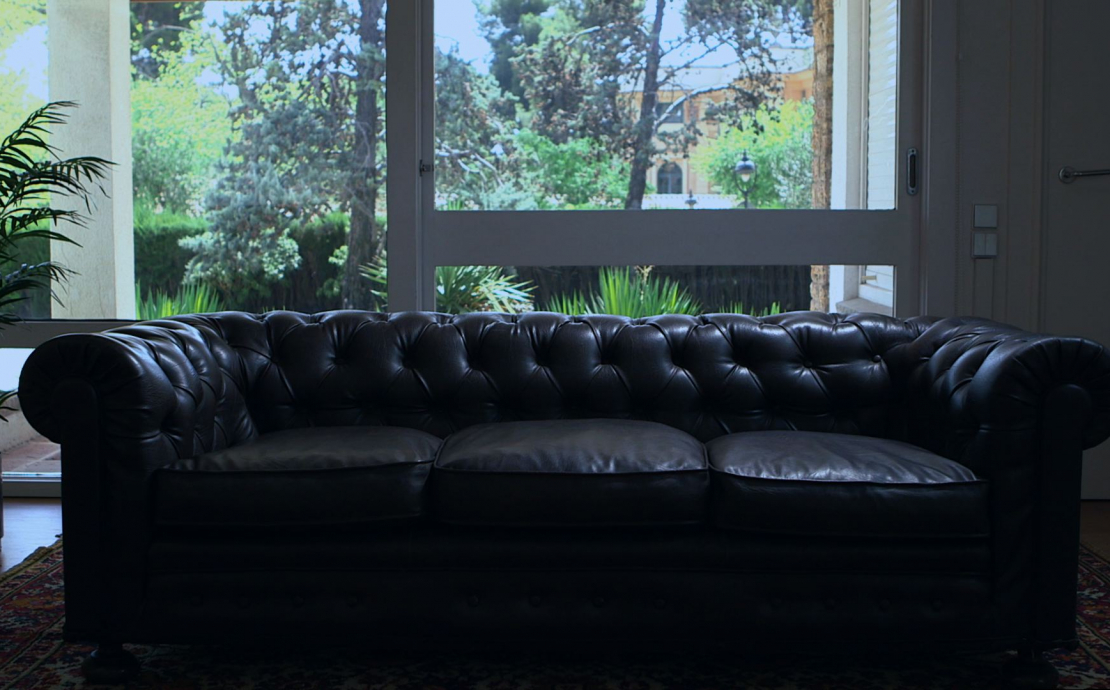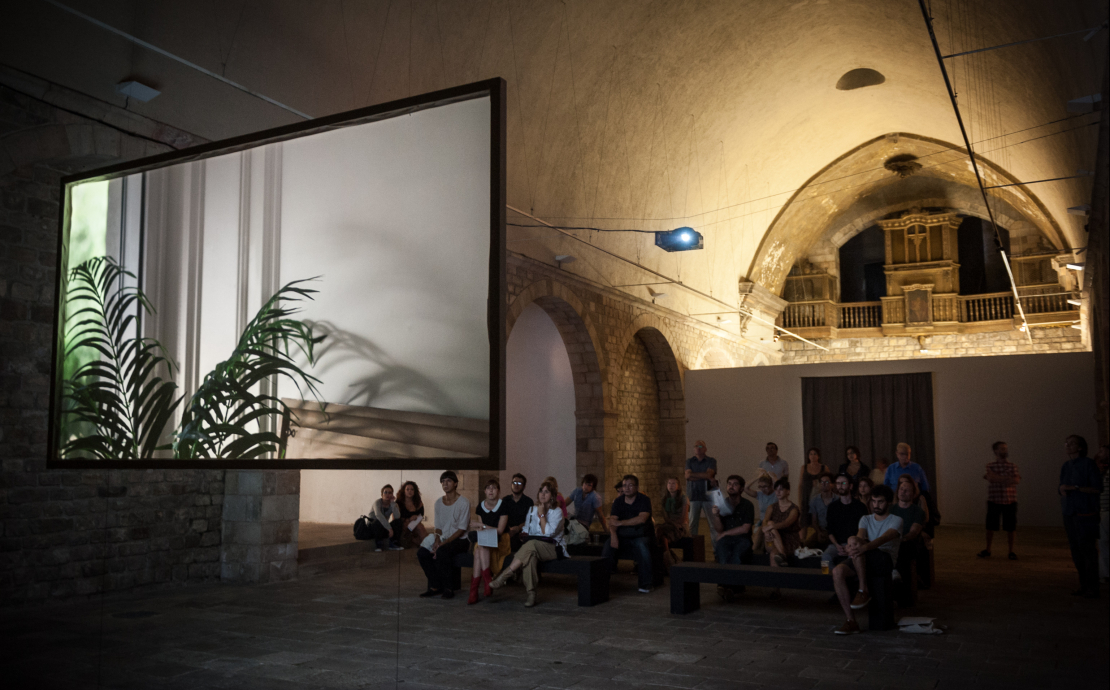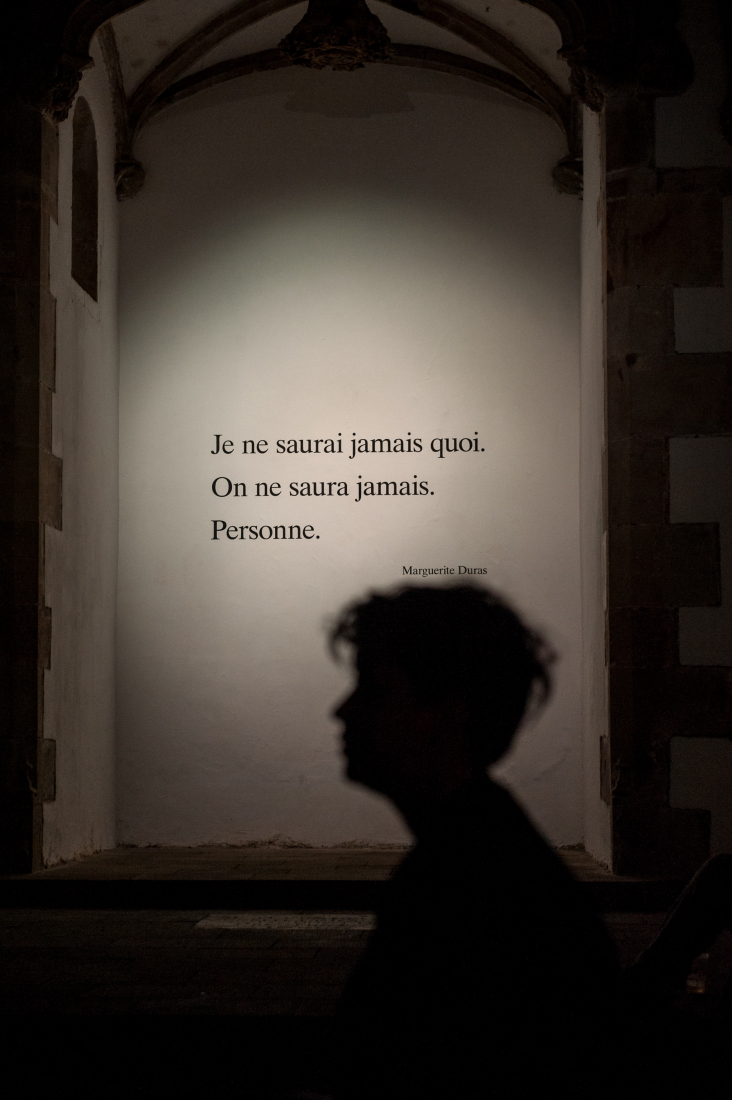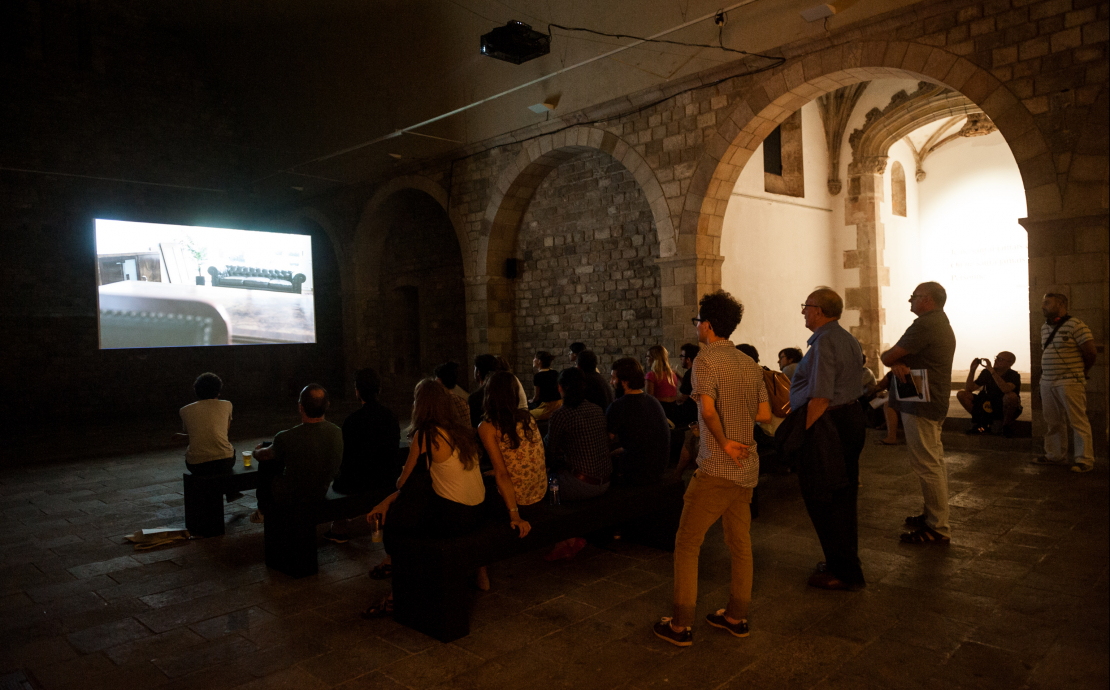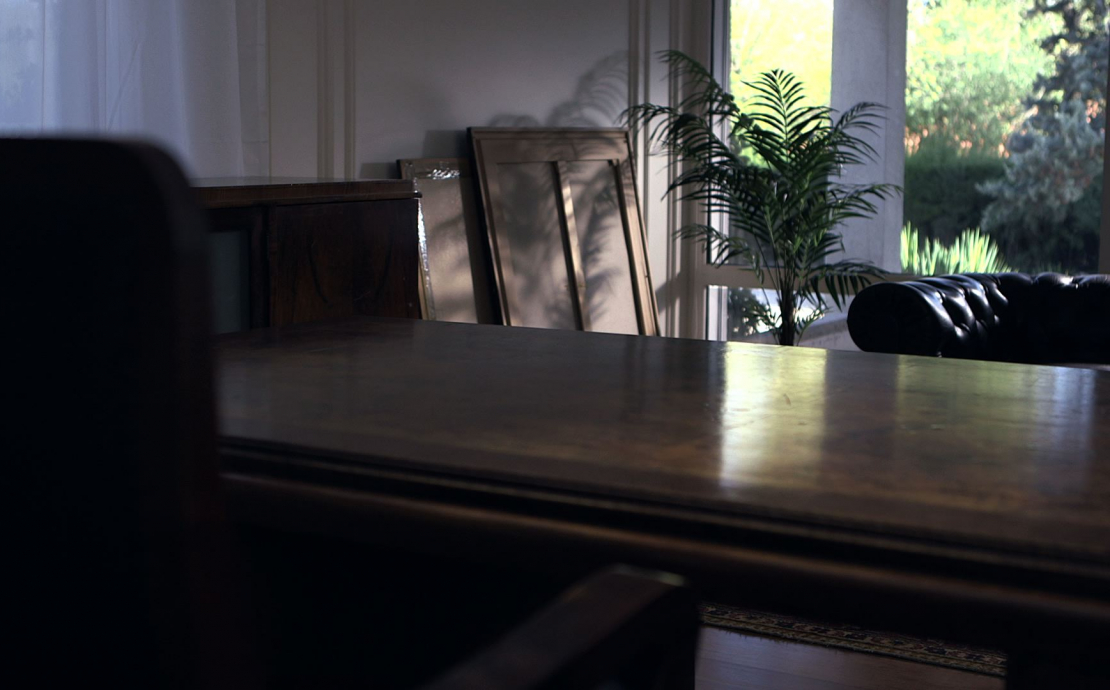Primer plano de ella gritando
Pol González Novell (Barcelona, 1982), director of photography and filmmaker, trained at the Film and Audiovisual School of Catalonia (ESCAC). As a scriptwriter and director of various fictional short films, he has developed a rigorous and austere visual style. His stories focus on the lack of communication and latent conflicts in human relationships. In parallel, he collaborates with the production centre Hangar.org and with other contemporary artists as a filmmaker, director of photography and editor. As a result, his work has been increasingly enriched with dynamics and processes from both disciplines that place his gaze on a path of growth and constant learning.
His project Primer plano de ella gritando (Close-up of Her Screaming) revolves around the making of a short film that explores the nature of the film image and the autonomy intrinsic to a fictional tale. The entire work is underpinned by the retrieval of moments from the process of constructing the piece of fiction. Though the discourse of this work comes close to the metanarrative characteristic of some artistic media, Pol González is true to the basics of film language as a point of departure.
An incident that occurred in his professional career may point us towards interpreting or gaining an insight into this project. Pol González describes an argument back in 2003, when he worked with the team of J. M. Garnelo, which flared up between the main actress and the director of the short film that led to the actress abandoning the film without having completed the final scene. The director decided to cut and edit the scene with the shots he already had. After a first viewing, he felt that a close-up of the actress was missing at the end of the sequence. Since he was unable to shoot it, he decided instead to insert a text on a black background that read: PP de ella gritando (Close-up of her screaming). The montage was shown to a small group of friends who accepted this replacement naturally, as if it were temporary. However, as the film came to an end, something had happened which they were oblivious to.
Film production is essentially a process whereby a mental image is moulded into a tangible reality. From writing the script to finally watching the film, this image is gradually built with every decision made – and it becomes a real image by means of each shot filmed. For instance, the camera is set up. The actor is off-screen waiting to make an appearance. The shot is empty for a few seconds. The camera starts filming and the actor appears on camera as a character. The mental image fades and is replaced by the actual image. The film comes to life; it no longer belongs to us.
But what would happen if we stopped earlier? If the actor did not emerge on camera and we only had the empty shot, whose composition hinted at the presence of a character that was still absent. The camera lens would not manage to fully devour the mental image and it would balance on a fulcrum between imagination and reality, in a state of pre-diegesis. If we understand diegesis to be an imaginary construction, the fictional time and space in which the film takes place, the universe presumed to be where the narration unfolds, the shots conceived as we mentioned earlier remain up in the air. The actor's non-appearance on-screen affords the context, but avoids the specifics and the viewer is forced to weave the threads together, giving shape to an absent character. Thus, the character as well as their actions, movements and expressions must exist in each viewer's mind and the narration before us does not fully correspond to the predetermined mental image, nor is it yet the film. If we eventually manage to construct the narration based on these pre-diegetic images, the piece of fiction will inevitably be built in a space shared between the film piece and the viewer's imagination. Thus, Primer plano de ella gritando is presented as a conversation. Pol González instigates the dialogue and, at the same time, encourages the viewer to be the narrator. This very idea calls for the viewer to prop up the whole story. The entire narration, built on incomplete images, allows the viewer to make part of the story their own. The end result is no longer a film but rather the idea of a film.
Colaborators
Agraïment a Zeferino SA, Baker Tilly SL



